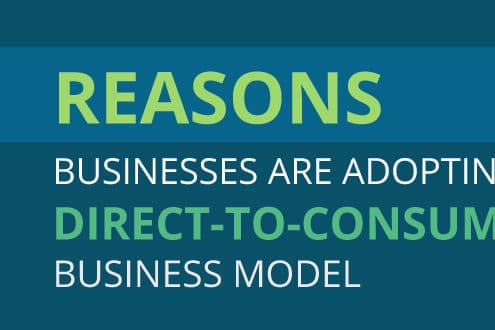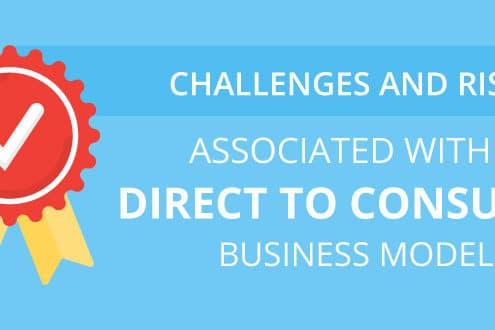
Four Reasons Businesses are Adopting a Direct-to-Consumer Model
The world is evolving into a fast-paced environment. Consumers want everything available immediately and conveniently. 83% of consumers say that fast shipping is considered as receiving the item within 2 days. This change is what has led to the rapid growth of e-commerce sites such as Amazon, Alibaba, and eBay. The growth of these e-commerce sites has led retailers such as Target, Walmart, and Best Buy to also increase their online presence. Competition is ultimately beneficial to the consumers but has a severe impact on the bottom line of the manufacturers and the brands who supply products through these channels.

Challenges and Risks Associated with Adopting a Direct-to-Consumer Business Model
Transitioning from a business model that sends pallets and containers of products to retailers, dealing primarily in B2B transactions, to a business model that sells “eaches” directly to consumers and includes B2C transactions can be difficult. A company consists of many different divisions, and the transition can affect each of these uniquely.
